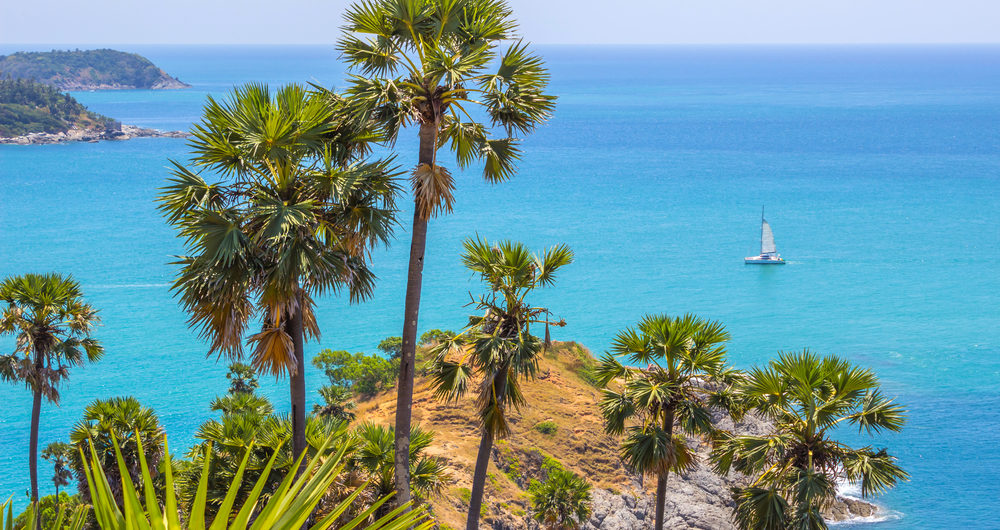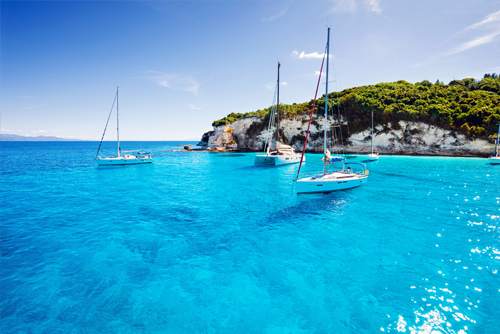
Sailing in Thailand is a dream come true for many enthusiasts and adventure seekers. With its crystal-clear waters, stunning islands, and vibrant marine life, this Southeast Asian paradise offers a sailing experience like no other. But before you hoist the sails and embark on your maritime adventure, it’s essential to know when is the best time of year to sail a catamaran in Thailand. In this blog post, we’ll explore the ideal seasons for sailing, taking into account weather conditions, crowds, and overall sailing experiences.
High Season: November to April
The high season, spanning from November to April, is undoubtedly the best time to set sail in a catamaran Thailand. Here’s why:
Weather:
During this period, Thailand enjoys dry and pleasant weather, making it ideal for sailing. Rainfall is minimal, and temperatures range from 28°C to 32°C (82°F to 90°F). The skies are mostly clear, ensuring beautiful sunny days for your voyage.

Ideal Wind Conditions:
The prevailing northeast monsoon winds provide steady breezes, making sailing smooth and enjoyable. These winds are generally predictable, making it easier to plan your routes.
Essential when you sail a catamaran in Thailand – Crystal Clear Waters
The lack of heavy rains means that the waters are clear and visibility is excellent, enhancing your snorkeling and diving experiences. The underwater world around Thailand’s islands is a paradise for marine enthusiasts.
Festive Atmosphere:
The high season coincides with the festive period and holidays like Christmas and New Year’s, creating a vibrant atmosphere with numerous events and parties on the islands. It’s an excellent time for socializing with fellow sailors and experiencing the local culture.

Shoulder Seasons: May to October
While the high season is undoubtedly the most popular time for sailing, the shoulder seasons have their own appeal and advantages:
Lower Costs:
During the shoulder seasons, you’ll find lower charter and accommodation prices. If you’re on a budget, this could be the perfect time to explore Thailand’s waters.
Quieter Anchorages – Love to sail a catamaran – At days end we love this more…
With fewer tourists, you’ll have a better chance of finding peaceful anchorages and secluded beaches. It’s a great time for those seeking a more tranquil sailing experience.
Rainfall and Storms:
The downside of the shoulder seasons is the increased chance of rainfall and occasional storms. While it’s not constant rain, you should be prepared for some wet days. However, the storms are not severe or long-lasting.
Monsoon Season: July to October
Thailand’s monsoon season is the least favorable time for sailing. Here’s why:
Unpredictable Weather:
The southwest monsoon brings heavy rainfall, strong winds, and rough seas to various parts of Thailand. Sailing conditions can be dangerous and unpredictable during this period.
Limited Accessibility:
Some islands and anchorages may be inaccessible due to rough seas and unfavorable weather conditions. It’s not the best time for exploring remote locations.
Reduced Visibility:
The heavy rainfall can lead to reduced visibility in the water, affecting your underwater adventures.
Conclusion
Choosing the best time to sail a catamran in Thailand depends on your preferences and priorities. If you seek the perfect combination of sunny skies, gentle breezes, and vibrant festivities, the high season from November to April is your ideal window. However, if you prefer quieter anchorages and are willing to deal with occasional rain, the shoulder seasons can offer a more budget-friendly and peaceful sailing experience. Just be sure to avoid the monsoon season if you want to ensure your safety and make the most of your sailing adventure in Thailand. Regardless of the season you choose, Thailand’s breathtaking landscapes and warm hospitality will make your sailing journey a memorable one.




